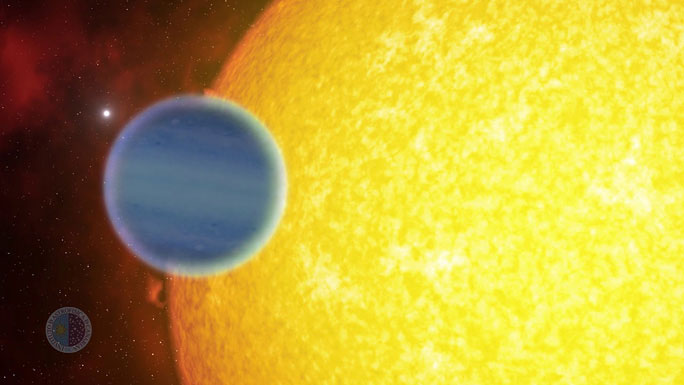For the first time, scientists have discovered unprecedented, highly detailed clouds on a gas giant planet located 520 light-years away from Earth.
According to Science Alert, a new study that utilized data from several advanced telescopes has allowed the research team to accurately calculate the height of the clouds and the structure of the upper atmosphere, as well as many properties that astronomers had previously been unable to observe in any exoplanet.

“Inflated planet” WASP-127b – (photo: NASA).
The project, led by astronomer Romain Allart from the University of Montreal in Canada, is expected to open new doors for the search for extraterrestrial life. By gaining insight into the atmosphere of an exoplanet, astronomers can analyze it similarly to how they analyze the atmospheres of planets in our Solar System, potentially revealing signs of life.
They selected WASP-127b, discovered in 2016, a “hot Jupiter” that orbits its parent star in just 4.2 days. It is an inflated planet, resembling cotton candy, approximately 1.3 times the size of Jupiter but with only 0.16 times its mass.
According to Space, in the atmosphere of this inflated planet, they found the presence of sodium at lower altitudes than expected. Additionally, there were strong signals of water vapor in the infrared spectrum, but no signals in the visible spectrum, indicating that they are obscured by thick clouds above. The clouds in this world are not composed of water droplets as they are on Earth.
This is just a basic observation, but astronomers hope that subsequent analytical steps will reveal how an unseen atmosphere is formed and maintained.
The study was recently published in the scientific journal Astronomy & Astrophysics.


















































